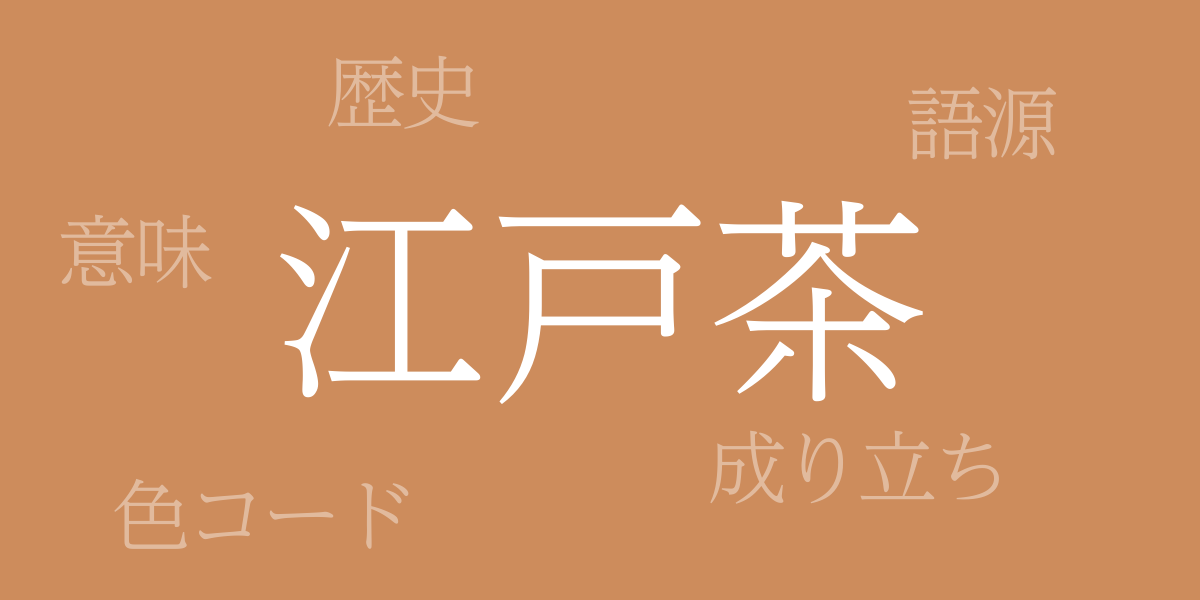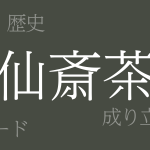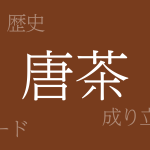Japanese traditional colors, with their unique beauty and deep historical roots, have captivated people worldwide. Among these, “Edo-cha” (江戸茶 – えどちゃ) stands out with its unique hue and historical significance, continuing to enchant many as a symbol of Japanese culture. This article delves into the allure of Edo-cha, exploring the secrets of its color, its history, and its modern-day applications.
About Edo-cha (江戸茶 – えどちゃ)
Edo-cha (江戸茶 – えどちゃ), a traditional Japanese color, is characterized by a calming reddish-brown, reminiscent of the earth and wood tones found in nature, and has been cherished in Japanese life for centuries. Edo-cha is not only used in traditional art forms like kimono and Nihonga but has also been embraced in contemporary design and fashion.
The History of Edo-cha
The name Edo-cha derives from the Edo period (1603-1868), an era of flourishing urban culture in Japan that saw the birth of many traditional colors. During the Edo period, color usage was strictly regulated by class and season, and Edo-cha became a favorite among the common people. This color reflects the daily lives, natural views, and aesthetic values of the people during the Edo period.
Color Code for Edo-cha
To accurately reproduce Edo-cha in digital designs and prints, precise color codes are necessary. Below are the color codes for Edo-cha:
- HEX: #CD8C5C
- RGB: R:205 G:140 B:92
- CMYK: C:24 M:53 Y:66 K:0
Western Name for Edo-cha
The Western name for Edo-cha is often “Edo Brown.” This name helps international audiences understand and relate to this traditional Japanese color within a global context. Edo Brown embodies a universal appeal, blending Japanese tradition and history while fitting seamlessly into various cultures and designs worldwide.
Conclusion on Edo-cha
With its unique hue and historical significance, Edo-cha holds a special place among Japanese traditional colors. Symbolizing the beauty of Wa (harmony), it also breathes new life into modern design and art. The shades of Edo-cha, passed down since the Edo period, continue to be cherished by many, playing a crucial role in conveying the beauty of Japanese culture to the world. Through this article, it is hoped that you have come to appreciate the deep allure and infinite possibilities of Edo-cha’s colors.

























